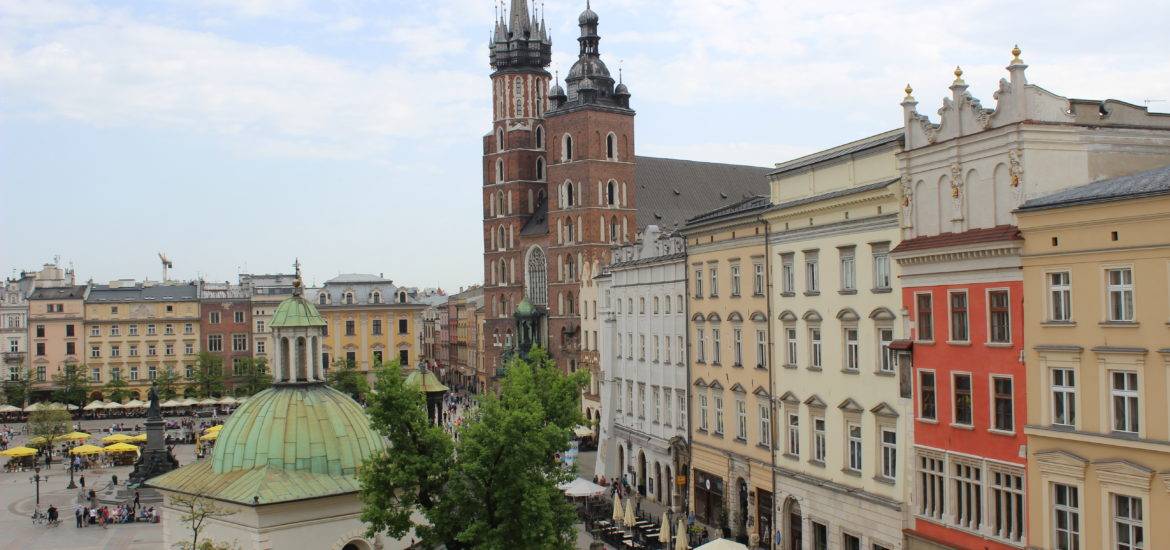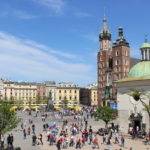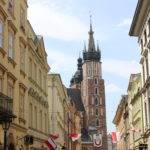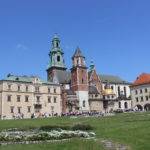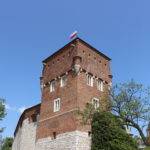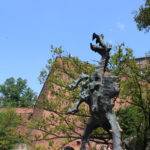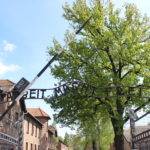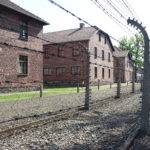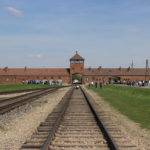Krakow was the national capital of Poland in the 16th century, the residence of monarchs, the place of coronation and burial of Polish kings.
What I saw in Krakow!
▲▲▲ Main Market Square Stunning heart of Kraków and a people magnet any time of day.
▲▲ St. Mary’s Church Landmark church with extraordinary wood-carved Gothic altarpiece.
▲▲ Cloth Hall Fourteenth-century market hall with 21st-century souvenirs.
▲▲ St. Francis’ Basilica Lovely Gothic church with some of Poland’s best Art Nouveau.
▲▲ Wawel Cathedral Poland’s splendid national church, with tons of tombs, a crypt, and a climbable tower.
▲▲ Wawel Castle Grounds Historic hilltop with views, castle, cathedral, courtyard with chakras, and a passel of museums.
What I missed:
▲▲▲ Schindler’s Factory Museum Historic building where Oskar Schindler saved more than 1,000 Jewish workers, now filled with engaging exhibit about Kraków’s WWII experience.
▲▲ Planty Once a moat, now a scenic park encircling the city.
▲▲ Gallery of 19th-Century Polish Art Worthwhile collection of paintings by should-be-famous artists, upstairs in the Cloth Hall.
▲▲ Wyspiański Museum Art by the talented leader of the Młoda Polska (Polish Art Nouveau) movement.
▲▲ Old Jewish Cemetery Poignant burial site in Kazimierz, with graves from 1552 to 1800.
▲▲ Rynek Underground Museum Super-modern exhibit on medieval Kraków filling excavated cellars beneath the Main Market Square.
▲ Czartoryski Museum Varied collection, with European paintings and Polish armor, handicrafts, and decorative arts.
▲ Jagiellonian University Museum: Collegium Maius Proud collection of historic university, surrounding a tranquil courtyard where medieval professors lived.
▲ New Jewish Cemetery Graveyard with tombs from after 1800, partly restored after Nazi desecration.
▲ Ethnographic Museum Traditional rural Polish life on display.
▲ Pharmacy Under the Eagle Small Podgórze exhibit about the Holocaust in Kraków, including three evocative historic films.
▲ Museum of Contemporary Art in Kraków Today’s thought-provoking art, displayed in renovated old warehouses behind Schindler’s Factory Museum.
Auschwitz
Auschwitz-Birkenau (1941 – 1945) was the largest of Nazi Germany’s concentration camps. Located in German-occupied southern Poland, it took its name from the nearby town of Oświęcim, situated within the range of about 60 kilometers from Kraków, and 280 kilometers from Warsaw. The complex consisted of three main camps: Auschwitz I – the administrative centre, Auschwitz II (Birkenau) – an extermination camp, and Auschwitz III (Monowitz) – a work camp. In 1990, the figure of the people killed in the camp was placed at 1.1 million. About 90 percent of them were Jews from almost every European country. Most of the dead were killed in gas chambers using Zyklon B; other deaths were caused by systematic starvation, forced labor, lack of disease control, individual executions, and the so-called medical experiments. At the end of the war, the SS made great efforts to destroy what remained of the camp, burn the archives, and murder all the people they referred to as the „Bearers of Secrets”. Auschwitz-Birkenau Tour gives you an opportunity to learn about holocaust and see one of the most terrifying but also touching places in the World.
